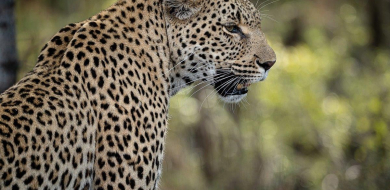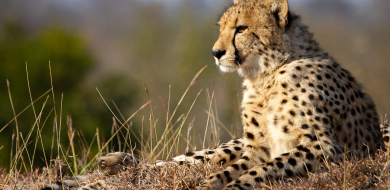Kingfisher in Flight
on Jul 13, 2015To me, bird photography is probably the most challenging aspect of wildlife photography. They move fast, they are at most times unpredictable, and photographing small birds requires a 300mm or more lens. Have a look at this photo I got of a Pied Kingfisher in flight.

To get this image I waited 30 minutes observing and photographing this kingfisher. They are creatures of habit and usually perch on the same place after attempting to fish. This one would only use two spots while trying to fish. So I waited and waited as it scanned the waters. I must say I found it challenging to photograph because they are very quick, and keeping the camera focused at all times was tough. A lot of images were out of focus. So as it took off I tracked it and knew it would land on a certain spot after it dipped into the water, so I prefocused on this spot and waited until it was about to perch. Just before it perched I quickly clicked away and hoped that I got the picture. You never know until you review the images on the screen. Light at the time was not good so I was photographing at ISO 2500 because I also needed a shutter speed of more than 1/2000 of a second to photograph small birds in flight. My shutter speed was 1/3200sec and aperture was f/6.3.
Photographing birds in flight requires a lot of patience and understanding of their behaviour. Kingfishers and Bee Eaters like to perch on the same branch time after time. Therefore by prefocusing on that branch you can attempt to photograph them as they are making their approach to that branch. A fast shutter speed is required for smaller birds, but you can usually get away with a shutter speed of 1/1000 sec for larger birds like eagles. They also tend to take off into the wind so you can predict in which direction they going to take off in order to get the picture.
Go on, try something different.
Pravir Patel






